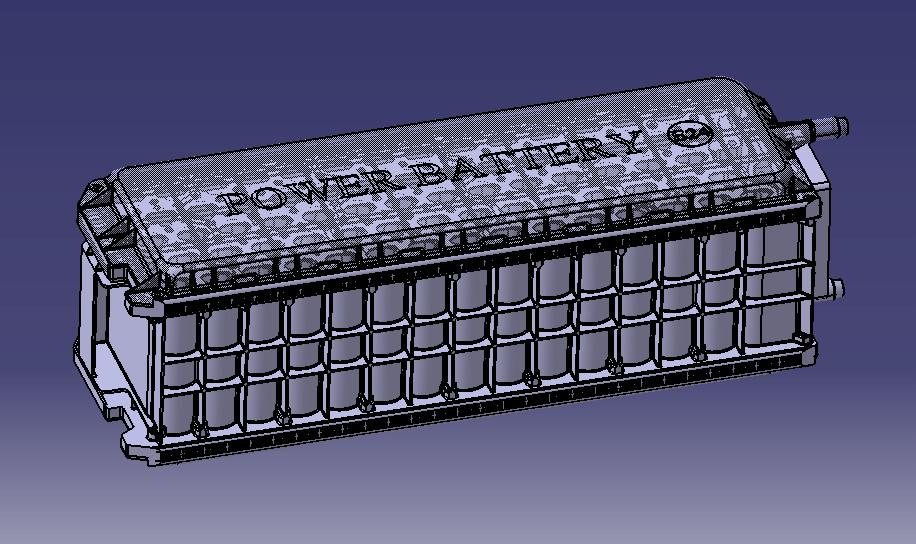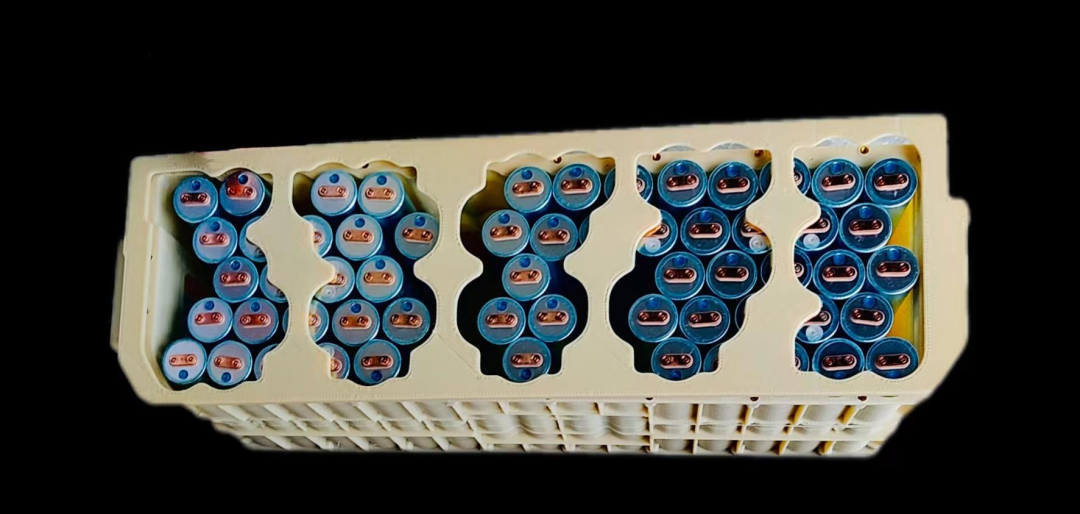Background
The lightweight of vehicles is important to improve its mileage. For electric vehicles, every 10% reduction in mass will be caused 5.5% reduction in power consumption, which is relevant to 5.5% more mileage. At the same time, the reduction in vehicle mass can shorten the braking distance and improve the safety performance.
Following the trend of lightweight and environmental-friendly in electric vehicles, the material of external battery pack has been developed from metal materials (such as steel and aluminum) to lightweight sheet molding compound (SMC), carbon fiber reinforced plastic (CFRP), glass fiber reinforced plastic (GFRP) and other composites.
Density comparison of different materials

Comparison and lightweight application of battery pack materials
Lobotics take advantage of manufacturing of FDM 3D printing technology in the glass fiber composite, independently developed AMPS1200 3D printer and XPA composite (glass fiber reinforced polyamide, high stiffness and heat resistance), which are the ideal solutions to produce the lightweight battery pack of electric vehicles.
Practical case
As the carrier of the battery module, battery pack is protecting the safe running of battery. The framed pack can satisfy the strength requirements of structures and easier to achieve lightweight.
.png)
Lightweight structural design of battery pack
Lobotics used AMPS1200 3D printer to quickly and efficiently manufacture glass fiber composite XPA based high-performance battery pack.
.png)
3D printed glass fiber composite XPA based battery pack
3D printed glass fiber composite battery pack made by Lobotics is perfectly identical with the digital model. The printed battery pack is lightweight and have excellent mechanical performance.
.png)
Overall view of battery loaded 3D printed glass fiber composite XPA based battery pack.
Our customers approved the printed battery pack and suggestions: the strength of XPA material is completely satisfied the standard of glass fiber reinforced composite; the 3D printed structure is perfectly identical with the digital model. However, the battery pack require further post-process like polish on the surface.
Conclusion
Lobotics has rich experience from the practice of lightweight 3D printed battery pack for electric vehicle. Our customers are highly acceptable of our solution and want to have further cooperation with us. Our technologies will be a breakthrough of lightweight electric vehicles. Lobotics has never stopped innovating.

